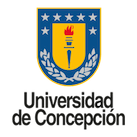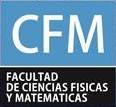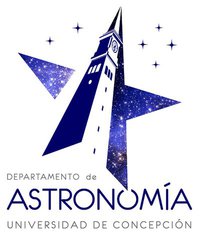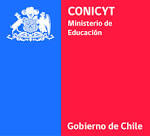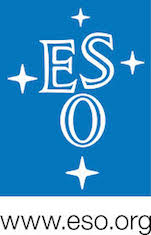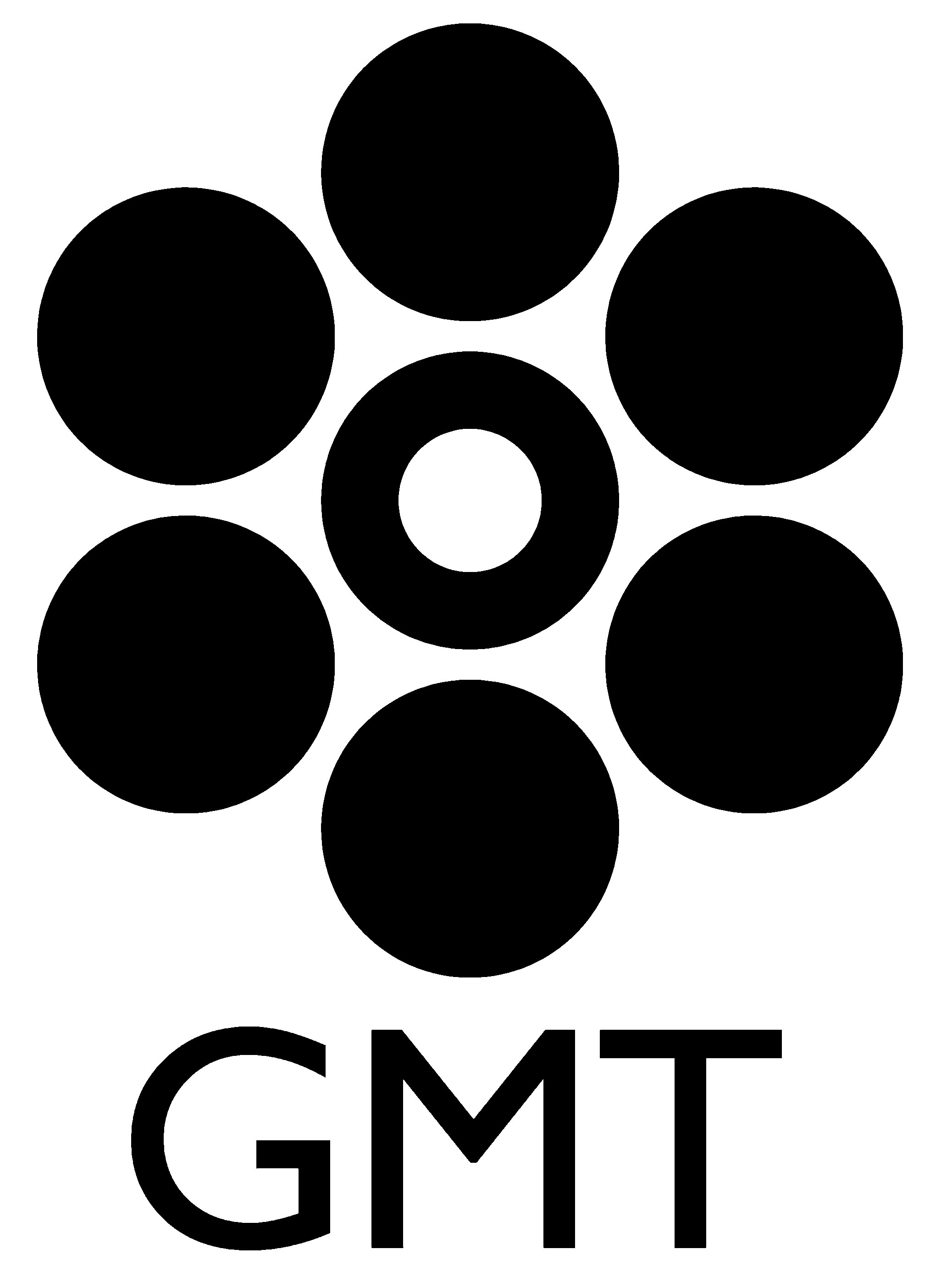Preliminary Program
All talks have 20 minutes (very sharp) of length plus 10 minutes of discussion. Every poster presenter has the chance to prepare one single slide and can present the poster on Monday afternoon, just before we have the general poster viewing session with an optional wine tasting.
The programme and abstracts as a PDF booklet can be downloaded HERE .
Schedule:
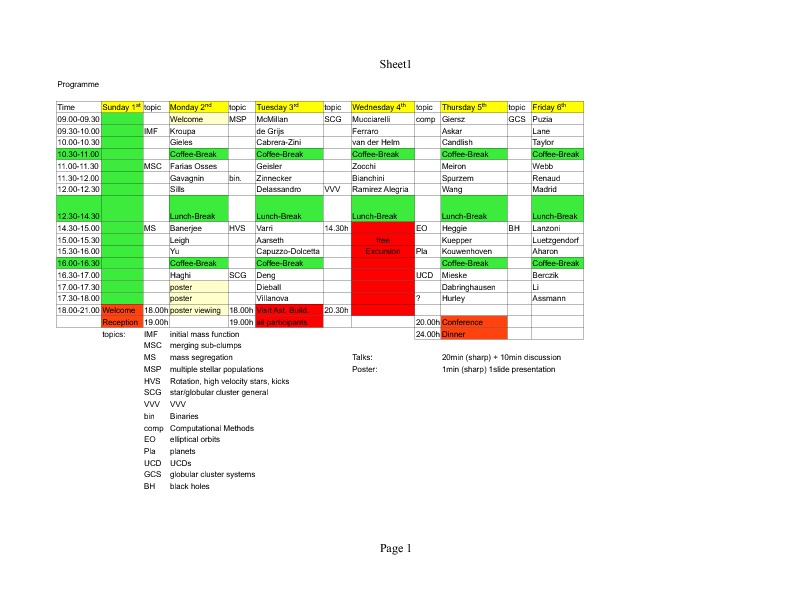
Programme
| Sunday, March 1st | |
| 18.00 - 21.00 | Welcome Cocktail and Registration, Hotel Araucania |
| Monday, March 2nd | |
| 8.30 - 9.00 | Late Registration |
| 9.00 - 9.30 | Welcome Adresses |
| topic: | Initial Mass Function |
| 9.30 - 10.00 | Pavel Kroupa Is the IMF a probability density distribution function? |
| 10.00 - 10.30 | Mark Gieles What does the mass-to-light ratio of globular clusters tell us about the IMF? |
| 10.30 - 11.00 | Coffee Break |
| topic: | Merging Sub-Systems |
| 11.00 - 11.30 | Juan Pablo Farias Osses Can we predict the survival of an hierarchical formed star cluster? |
| 11.30 - 12.00 | Elena Gavagnin Star cluster formation through merger of sub-clusters |
| 12.00 - 12.30 | Alison Sills Dynamical Evolution of Very Young Stellar Sub-Clusters |
| 12.30 - 14.30 | Lunch Break |
| topic: | Mass Segregation |
| 14.30 - 15.00 | Sambaran Banerjee Very young massive clusters: formation and activity |
| 15.00 - 15.30 | Nathan Leigh The Properties of Galactic Globular Clusters at Birth |
| 15.30 - 16.00 | Jincheng Yu Mass Segregation of Young Star Clusters |
| 16.00 - 16.30 | Coffee Break |
| 16.30 -17.00 | Hossein Haghi Possible smoking-gun evidence for initial mass segregation in re-virialized post-gas expulsion star-burst clusters |
| 17.00 - approx. 18.00 | Poster Presentation |
| approx. 18.00 -19.00 | Poster Viewing |
| Tuesday, March 3rd | |
| topic: | Multiple Stellar Populations |
| 9.00 - 9.30 | Steven McMillan Evolution of Binary Stars in Multiple-Population Globular Clusters or Simulating Young Star Clusters with AMUSE |
| 9.30 - 10.00 | Richard de Grijs Massive cluster defies multiple stellar population concept in apparent paradigm reversal |
| 10.00 - 10.30 | Ivan Cabrera-Zini: Constraining globular cluster formation through studies of young massive clusters |
| 10.30 - 11.00 | Coffee Break |
| 11.00 - 11.30 | Douglas Geisler Uncovering Multiple Populations in Globular Clusters with Washington Photometry |
| topic: | Binaries |
| 11.30 - 12.00 | Hans Zinnecker The orbital evolution of close binaries near the Galactic Center (Kozai effect). |
| 12.00 - 12.30 | Emanuele Dalessandro The primordial binary fraction in low-density Galactic globularclusters |
| 12.30 - 14.30 | Lunch Break |
| topic: | Rotation, High Velocity Stars / Kicks |
| 14.30 - 15.00 | Anna Lisa Varri Early evolution of rotating star clusters |
| 15.00 - 15.30 | Sverre Aarseth Velocity kicks and mass segregation |
| 15.30 - 16.00 | Roberto Capuzzo-Dolcetta High velocity stars from galactic centers |
| 16.00 - 16.30 | Coffee Break |
| topic: | Star Cluster / Globular Cluster |
| 16.30 -17.00 | Licai Deng Time-domain studies of star clusters using 50BiN |
| 17.00 - 17.30 | Andrea Dieball Hunting for Brown Dwarfs in Globular Clusters: M4 |
| 17.30 -18.00 | Sandro Villanova Chemical constrains for Modeling Dense Stellar Systems |
| 18.00 - 19.00 | (TBC) Visiting the new Astronomy Building (all participants) |
| Wednesday, March 4th | |
| topic: | Star Cluster / Globular Cluster |
| 9.00 - 9.30 | Alessio Mucciarelli Rotational Velocities in Globular Cluster Blue Straggler Stars |
| 9.30 - 10.00 | Francesco Ferraro An empirical clock to measure the dynamical age of stellar systems |
| 10.00 - 10.30 | Edwin van der Helm Creating Arches |
| 10.30 - 11.00 | Coffee Break |
| 11.00 - 11.30 | Alice Zocchi Pressure anisotropy in globular clusters |
| 11.30 - 12.00 | Paolo Bianchini From models to observations: understanding IFU observations of globular clusters |
| topic: | VVV |
| 12.00 - 12.30 | Sebastian Ramirez Alegria Young clusters with massive stellar population in the VVV-survey |
| 12.30 - 14.30 | Lunch Break |
| 14.30 - 20.30 | Conference Excursion to Lota |
| Thursday, March 5th | |
| topic: | Computational Methods |
| 9.00 - 9.30 | Mirek Giersz The newest developments of the MOCCA code and the Astro-data tools |
| 9.30 - 10.00 | Abbas Askar Simulating Observations of MOCCA Star Cluster Simulations with COCOA |
| 10.00 - 10.30 | Graeme Candlish Putting MOND to the test |
| 10.30 - 11.00 | Coffee Break |
| 11.00 - 11.30 | Yohei Meiron Expansion Techniques for Collisionless Stellar Dynamical Simulations |
| 11.30 - 12.00 | Rainer Spurzem Astrophysical N-body and other computer models on the path to Exascale |
| 12.00 - 12.30 | Long Wang The million-body problem: hybrid parallel direct NBODY6++ simulations of globular clusters |
| 12.30 - 14.30 | Lunch Break |
| topic: | Elliptic Orbits |
| 14.30 - 15.00 | Douglas Heggie Dynamics of star clusters on elliptical orbits |
| 15.00 - 15.30 | Andreas Kuepper The Influence of Eccentric Orbits on Cluster Evolution |
| topic: | Planets |
| 15.30 - 16.00 | Thijs Kouvenhoven The formation and dynamical evolution of free-floating planets in star clusters |
| 16.00 - 16.30 | Coffee Break |
| topic: | UCDs |
| 16.30 -17.00 | Steffen Mieske UCDs |
| 17.00 - 17.30 | Joerg Dabringhausen Low-mass X-ray binaries as tracers for a varying stellar initial mass function in ultra-compact dwarf galaxies |
| 17.30 -18.00 | Jarrod Hurley TBD |
| 20.00 - 24.00 | Conference Dinner: Hacienda Patagonia |
| Friday, March 6th | |
| topic: | Globular Cluster Systems |
| 9.00 - 9.30 | Thomas Puzia The Scale Sizes of GCs in NGC 1399 |
| 9.30 - 10.00 | Richard Lane Dwarf companions and globular cluster systems of isolated elliptical galaxies |
| 10.00 - 10.30 | Matthew Taylor Observational Evidence for a Dark Side to NGC 5128's Globular Cluster System |
| 10.30 - 11.00 | Coffee Break |
| 11.00 - 11.30 | Jeremy Webb The Orbital Anisotropy and Tidal Filling Profiles of Globular Clusters in Giant Galaxies |
| 11.30 - 12.00 | Florent Renaud Star cluster evolution in the cosmological context |
| 12.00 - 12.30 | Juan Madrid Coevolution of Globular Clusters and Host Galaxies |
| 12.30 - 14.30 | Lunch Break |
| topic: | Black Holes |
| 14.30 - 15.00 | Barbara Lanzoni Searching for IMBHs in globular clusters through the radial velocity of individual stars |
| 15.00 - 15.30 | Nora Luetzgendorf Testing black-hole accretion from stellar winds in star clusters using AMUSE |
| 15.30 - 16.00 | Danor Aharon Formation and evolution of nuclear star clusters with in-situ star-formation:Nuclear cores, age segregation and TDEs history. |
| 16.00 - 16.30 | Coffee Break |
| 16.30 -17.00 | Peter Berczik Galaxy collsion simulations with central Post Netwonian Binary Black Hole. |
| 17.00 - 17.30 | Shuo Li Tidal disruption evolution of supermassive black holes in merging stellar system |
| 17.30 -18.00 | Paulina Assmann: Post-Newtonian Dynamics of Black Holes with spin in star clusters simulations with NBody6 ++ |
Posters:
- Ahmed Abdullah:
The specific frequency of globular clusters in elliptical galaxies - Angela Adamo:
Probing the role of galactic environment during cluster formation: a link between young star clusters and ancient globular clusters - Matthew Benacquista:
Extragalactic Black Hole Binaries as Low-frequency Gravitational Wave Sources - Clio Bertelli Motta:
Chemical abundances of open clusters in the Sloan Digital Sky Survey - Jura Borissova:
Star clusters in VVV - Michael Brewer:
Investigating the Spitzer Instability Using AMUSE Codes - Maxwell Xu Cai:
Simulations of planetary systems in star clusters - Julio Carballo Bello
Stellar clusters as tracers of the formation and structure of the Milky Way - Nelvy Cristina Choque Challapa:
Pre- and postprocessing of galaxies - Chul Chung:
The evolutionary population synthesis model for calcium infrared triplet of simple stellar populations - Filippo Contenta
Neutron star natal kicks and the long-term survival of star clusters - Raul Esteban Dominguez Figueroa:
Finding a progenitor of Segue 1 - Heinz Frelijj Rubilar:
TBD - Akram Hassani Zonoozi:
Did violent early residual-gas expulsion play a dynamical role for Pal 14 and Pal 4? - Jongsuk Hong:
Evolution of binary stars in multiple-population globular clusters - Nataly Nicole Ibarra Vara:
Which gravitational waves we should expect from a Globular Clusters? - Yara Jaffe:
A phase-space view of gas stripping and galaxy quenching in clusters - Christian Knigge:
Multiple options -- (1) Cataclysmic Variables in -- -- Globular Clusters; (2) Blue Stragglers in -- -- Open and Globular Clusters; (3) -- -- Far-ultraviolet Surveys of Globular -- -- Clusters - Michael Kuhn:
Mass Segregation in Star-Forming Regions with Subclustered Stellar Populations - Dongwook Lim:
Low resolution spectroscopy for the Globular Clusters with Signs of Supernova Enrichment - Alessandra Mastrobuono Battisti:
A primordial origin for the composition similarity between the Earth and the Moon - Nicolas Medina:
Variability of YSOs in BRC 89 - Bryan Miller:
The Stellar Populations of Nuclei and Globular Cluster Clusters in dE Galaxies in Virgo and Fornax - Cesar Munoz:
TBD - Claudio Navarro:
A search for YSO in the Galactic center using VVV data - Christian Nietschelm:
Study of the duplicity and the multiplicity in the Sco-Cen Complex (Sco OB2) - Alexander Rassakazov:
Rotational Brownian Motion of a Supermassive Binary in a Rotating Galactic Core - Tom Richtler:
TBD - Jenna Ryon:
Sizes and Shapes of Star Clusters in Nearby Galaxies - Sara Saracino:
GEMINI observations reveal the structure of Liller 1 - Mirco Simunovic:
CMD Properties of Blue Straggler Stars in Globular Clusters from HST Survey Data - Anna Sippel:
Slicing and dicing globular clusters - Margaryta Sobolenko:
Merging time for interacting galaxies with central post-Newtonian black holes - Piera Andrea Soto King:
Tau-square fitting the Age and Distance of the Blanco 1 Open Cluster - Maria Tiongco:
Lifetimes and kinematics of rotating star clusters in a tidal field - Rodrigo Adolfo Vejar Asem:
Properties of Tidal Tails in a NFW potential - Joshua Wall:
Modelling Massive Cluster Formation with Stellar Feedback using Flash and AMUSE - Peter Zeidler:
A Hubble Space Telescope multi-band survey with WFC3 and ACS of the young massive star cluster Westerlund 2
